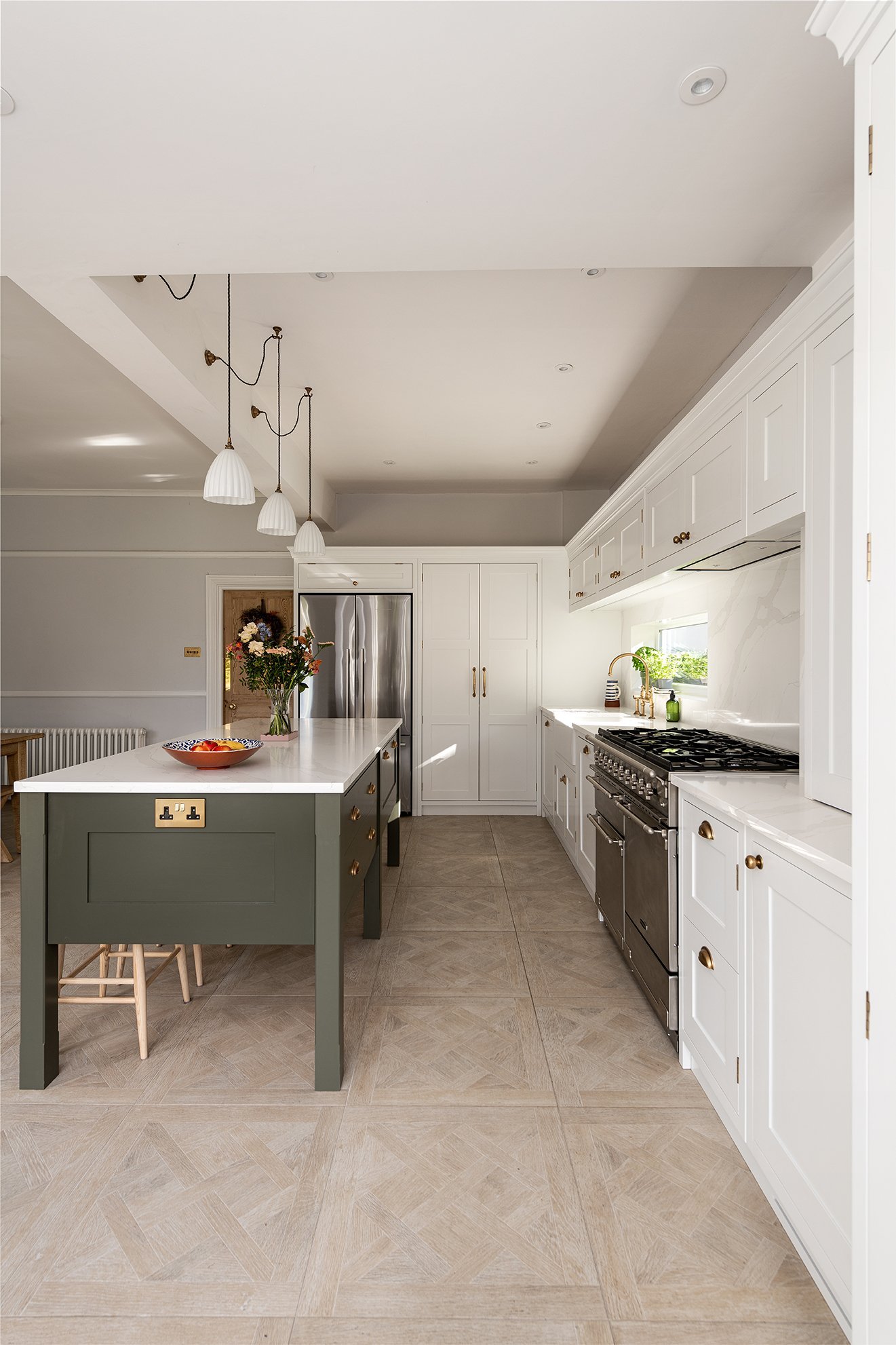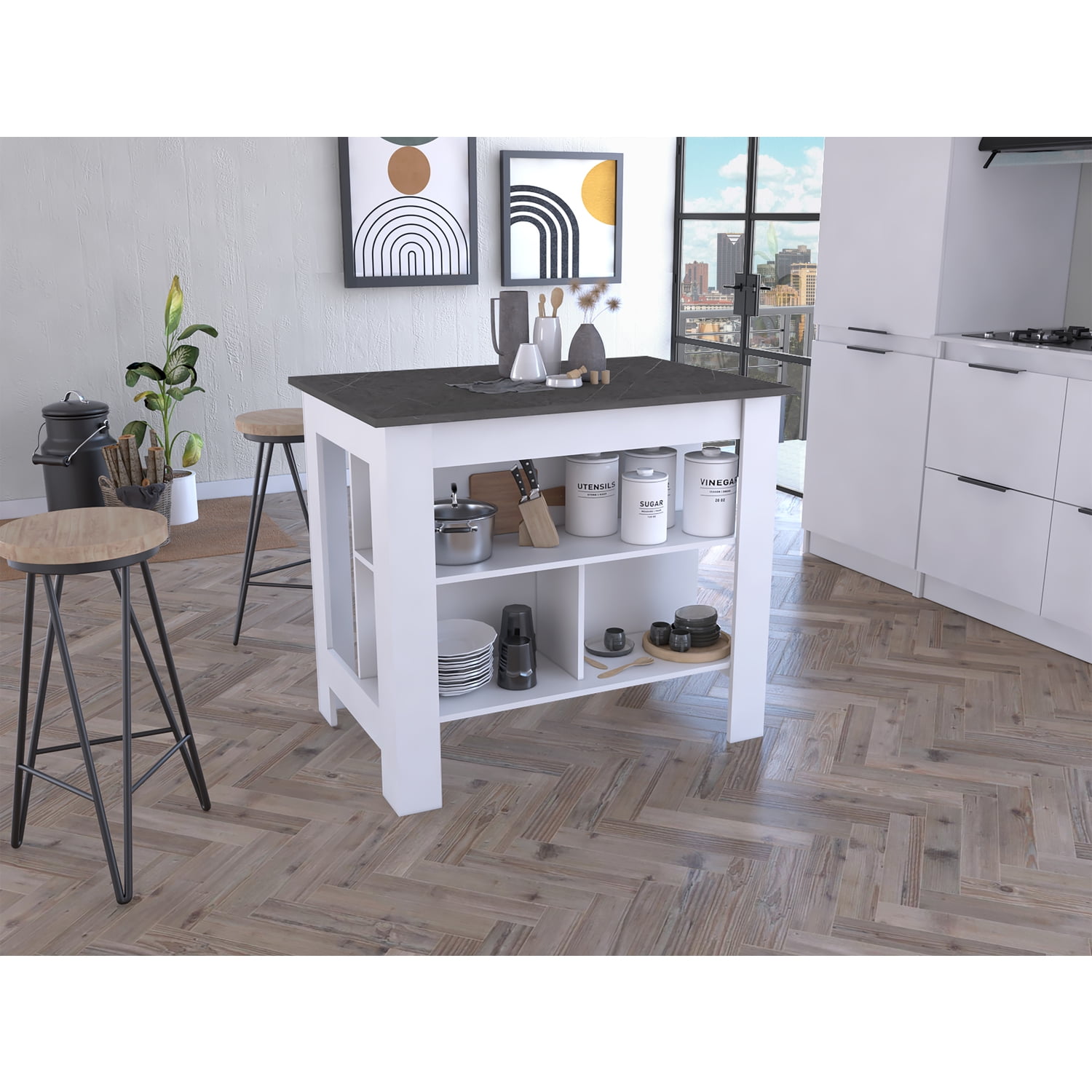Necessary Aspects to Consider When Choosing Legs For Kitchen Island
Selecting the ideal legs for a cooking area island includes a careful assessment of numerous elements that can considerably influence both capability and aesthetic appeal. Amongst these, the option of product plays an essential function in ensuring longevity, while the style should enhance the existing decoration. Considerations such as elevation and weight support are crucial for stability and comfort. As we check out these aspects, it comes to be clear that each choice can have far-ranging effects for the overall cooking area experience. What nuances should be considered in each of these groups to achieve the optimal balance?
Product Options
When selecting legs for a kitchen island, comprehending the numerous material options is necessary for achieving both aesthetic appeal and structural stability (Legs For Kitchen Island). The selection of material considerably influences not just the durability of the island but likewise its general layout and capability
Wood is a popular option, using heat and convenience. Strong woods, such as oak or maple, provide strength and can be stained or painted to match the kitchen design. Metal legs, typically made from stainless-steel or functioned iron, add a modern-day and commercial feeling while making sure toughness and security. These products are immune to use and can support considerable weight, making them optimal for larger islands.
One more option is engineered products, like MDF or plywood, which can be a lot more economical while still providing a variety of finishes. They may not give the exact same level of security as solid wood or steel. Legs For Kitchen Island. Materials such as acrylic or glass can create a contemporary look, though they might need additional assistance to make sure stability.
Inevitably, the choice of material for cooking area island legs ought to straighten with the wanted capability and the general motif of the kitchen area.
Design And Style

When taking into consideration design, the form and coating of the legs are essential. Conical legs can give a feeling of agility and style, while thicker, extra durable legs can communicate stamina and stability. Furthermore, the surface-- be it painted, stained, or all-natural-- need to enhance the cabinets and counter top materials to create a unified appearance.
In addition, the style of the legs can likewise reflect personal preference. Custom or ornamental legs, such as those featuring elaborate carvings or one-of-a-kind geometric forms, can act as prime focus, including personality and character to the kitchen. Inevitably, the ideal option will not just improve functionality yet likewise elevate the visual charm, making the kitchen island a standout attribute of the home.
Height Factors To Consider
Picking the suitable elevation for kitchen area island legs is important, as it directly affects both functionality and convenience. The conventional elevation for a kitchen area island generally varies from 36 to 42 inches, lining up with usual counter top heights. A 36-inch elevation is suitable for cooking and cooking, permitting comfy use of kitchen area home appliances and tools. Conversely, a height of 42 inches is frequently preferred for islands meant for bar seating, fitting taller feceses and providing an informal dining experience.

It is likewise important to account for customers' recommended you read heights and choices. Personalizing the height can make sure a comfortable experience for all household members, making the cooking area island a much more useful and pleasurable room.
Weight Support
Ensuring appropriate weight support for kitchen area island legs is vital for both security and functionality. The kitchen area island often offers multiple functions, consisting of food preparation, eating, and added storage, demanding a robust support framework. When selecting legs, it is important to take into consideration the overall weight ability required based on the island's meant usage and the materials that will be positioned on it.
The choice of material for the legs plays a considerable duty in their weight-bearing capabilities. Solid timber, steel, and heavy-duty compounds generally give premium toughness compared to lighter products. Furthermore, the design of the legs-- whether they are directly, tapered, or have view publisher site a pedestal kind-- can affect their capability to disperse weight properly across the structure.
Moreover, the leg positioning need to be strategically intended to enhance stability. Legs positioned at the edges or with a wider base can much better support much heavier lots. Constantly consult the manufacturer's specifications concerning tons limitations to make sure that the legs can maintain the desired weight without endangering safety and security. In recap, picking cooking area island legs with ample weight assistance is crucial for developing a useful and secure cooking area.
Installment and Upkeep
Appropriate installation and upkeep of kitchen island legs are important for guaranteeing long life and stability. This commonly involves protecting the legs to the island base using proper bolts, guaranteeing that the legs are degree and aligned.
As soon as mounted, regular upkeep is necessary to protect the honesty and appearance of the legs - Legs For Kitchen Island. For wooden legs, routine cleaning with a moist fabric and application of ideal wood polish can protect against moisture damage and keep their coating. Metal legs may need a mild cleaning service to eliminate oil and grime, complied with by a completely dry towel to prevent rust formation
Additionally, inspect the legs frequently for indications of my sources wear or damages, such as fractures or loosened joints. Tightening up screws or screws as needed can likewise extend the life expectancy of the legs. By sticking to these setup and maintenance methods, property owners can make sure that their kitchen island continues to be strong and aesthetically appealing for several years to come.
Final Thought

Visual comprehensibility is paramount in selecting the style and style of legs for a kitchen area island, as these components substantially influence the overall ambiance of the area. Tapered legs can supply a feeling of agility and style, while thicker, extra durable legs can convey strength and stability.Choosing the appropriate height for kitchen island legs is important, as it directly affects both performance and comfort. In summary, selecting kitchen island legs with sufficient weight support is important for producing a secure and useful cooking area.
In final thought, selecting legs for a kitchen island necessitates mindful factor to consider of different aspects, including material options, design, elevation, weight support, and installation.